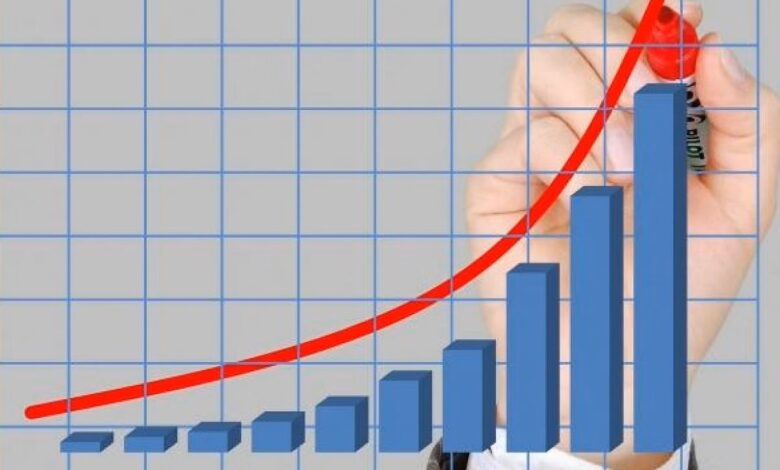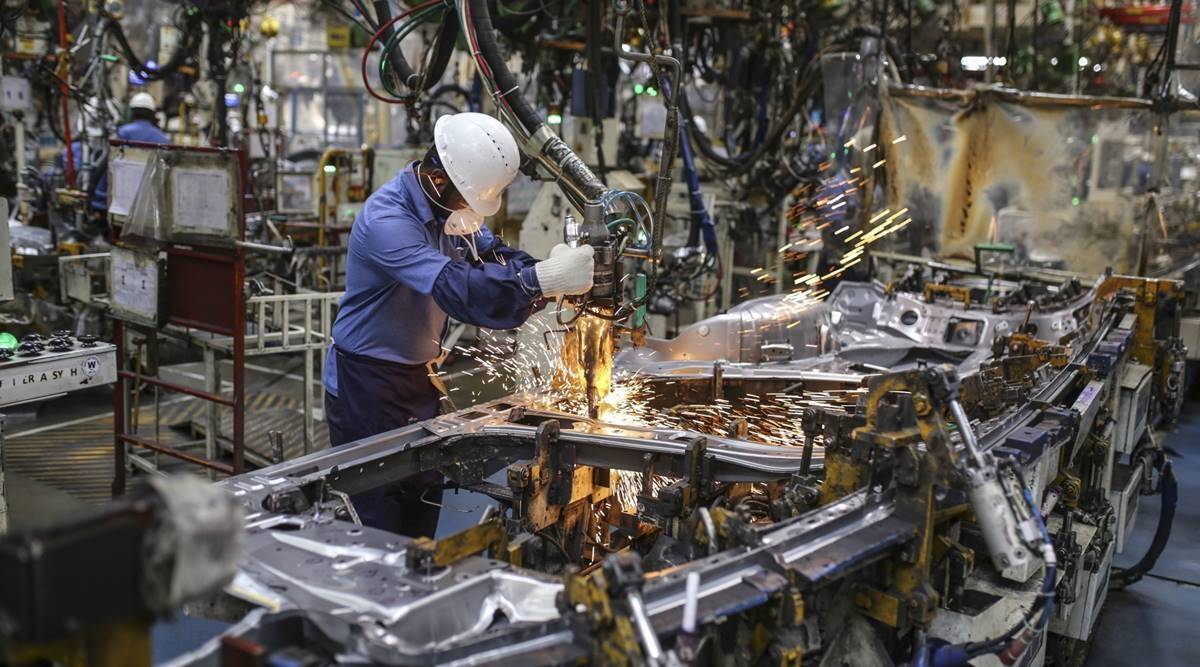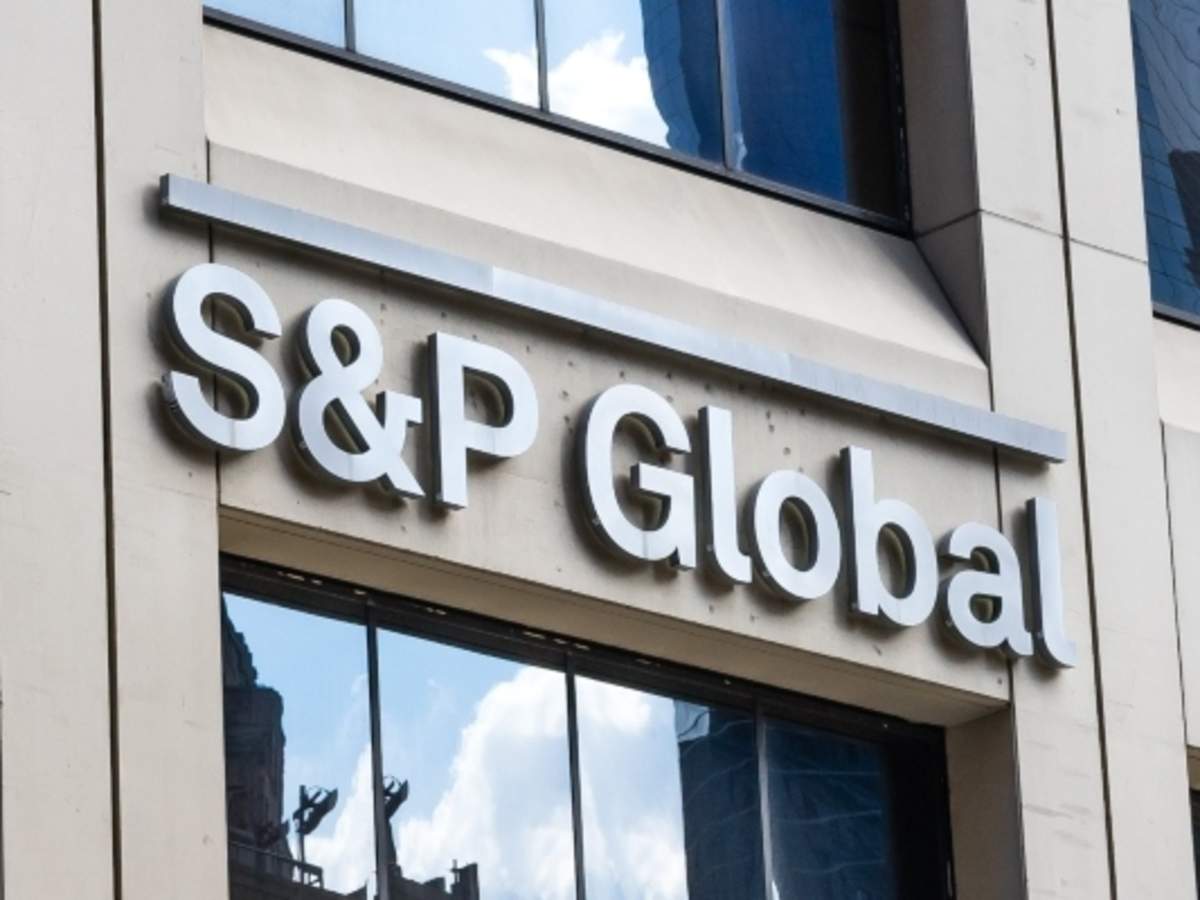India’s Manufacturing PMI Highest In 8 Months As Prices ease And Demand Rises

India’s manufacturing sector showed tremendous growth this July after a degrading state for the past eight months.
The manufacturing sector’s development is at its most blistering state as the demand is continuing to rise after back-to-back new orders and easing prices.
Manufacturing production is the production by enterprises functioning in the manufacturing sector. In India, the manufacturing sector holds a total of 78 percent of total industrial output.

The major fields of production in the manufacturing sector are- basic metals, refined petroleum products, fabricated metal products, food products, chemicals, and chemical products, pharmaceuticals, motor vehicles, botanical, chemical and medicinal products, trailers and semi-trailers machinery and equipment, textiles, non-metallic mineral products, and electrical appliances.

For the past several months, both input and output prices are rising at a slow pace while the output and new orders are increasing at their liveliest rates since November 2021.
A recent S&P Global Market Intelligence Survey shows that India’s Manufacturing Purchasing Manager’s Index (PMI) has risen from 53.9 in June to 56.4 in July. According to this survey, the index number has maintained a position above the 50-level for the past few months. The above 50-level shows growth, while the below 50-level shows contraction.

According to the economics associate director at S&P Global Market Intelligence, Pollyanna De Lima, the Indian Manufacturing sector marked a great combination of easing up the inflation hikes and faster economic growth during July.
The survey likewise indicates that the Indian Economy is somewhat stable, at least for now, despite all the surges in interest rates, humongous capital outflows, fast slowdown of the global economy, and the rupee standing at its weakest.
Recently, the Indian service sector has also shown massive growth over the past 11 years in May 2022. The S&P Global India Services Purchasing Managers’ Index showed an increase from 57.9 in April to 58.9 in May.

This expansion was the lengthiest sequence over the past year of growth between June 2018 and May 2019. Pollyanna De Lima said that the reopening of the Indian Economy in the Global market has helped stimulate the growth and development of the service sector.
The increase in both, the manufacturing and service sectors was stimulated by megaproject announcements, particularly in the steel sector. The number of projects initiated also increased by 140 percent in the Fiscal Year 2022 as compared to the Fiscal Year 2020, and by around 80 percent as compared to the Fiscal Year 2021.
India, Asia’s third-largest economy, was wrestling with growing inflation, which was at an eight-year high, which led the Reserve Bank of India to hike rates. Even though RBI has already raised the interest rates by collective 90 basis points since the start of May, can also increase them this month.

The International Monetary Fund recently cut short India’s growth rate from 8.2% to 7.4% for the fiscal year 2022 and from 6.9% to 6.1% for the fiscal year 2023 regarding the risks related to the slowing world economy.
A noticeable enhancement in the growth of new export orders was also marked in May 2022 PMI. The rate of enhancement in May was at its peak since April 2011.
The Indian Manufacturing Sector’s massive growth rate and the demand for new orders in the international market have promoted companies to rebuild their stocks and hire more workers, thus stimulating job growth.

Around 9% of the manufacturers see output growing tremendously for the next twelve months but the other 88% see no change in the present situation as shown in the survey.
It may be a good sign for the Indian economy, as well as the citizens. The easing and slowing prices of essential commodities and food can provide some ease to the Reserve Bank of India (RBI).




